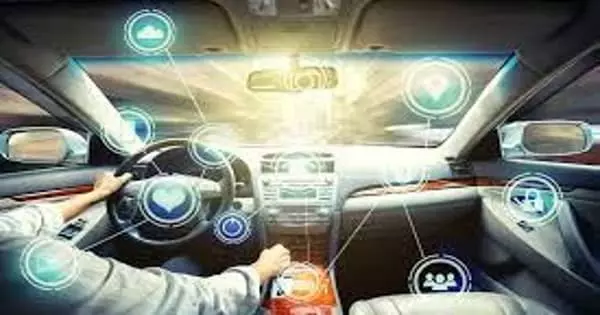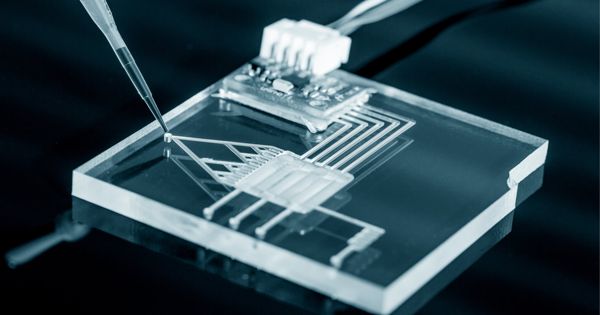A carputer, which is a combination of the words “car” and “computer,” is a mobile computer designed for automobiles. It is a computer designed specifically for use in automobiles, with features such as compact size, low power consumption, and some customized components. The majority of computers are built using desktop PC tools from smaller form factors. Typically, the computing hardware is based on standard PCs or mobile devices. They are typically equipped with standard interfaces such as Bluetooth, USB, and WiFi. A carputer is also referred to as a car PC.
The first car computers were used to play music and movies, connect to the Internet, and navigate. Clarion introduced the first car computer on December 4, 1998, though on-board diagnostics have been used since the 1980s to precisely measure the amount of fuel entering the engine as carburetors became too complex. Smart technologies such as GPS, Bluetooth, and touchscreen interfaces are also used in automobiles.
The power supply is a challenge when installing a computer in a car. In cars, energy is supplied as a nominal 12 VDC or 24 VDC in some trucks. The voltage varies depending on whether the engine is turned on or off because the battery typically provides 12V while the generator provides more. There may be peaks, and the supply current may drop during ignition. External DC/DC converters can aid in voltage regulation.
Mobile data terminals in the form of a laptop swivel-mounted where the driver’s armrest would be are common in police cars. This is useful for logging data and querying networked databases.
There are three types of carputers: original equipment manufacturer (OEM) infotainment systems, aftermarket head units, and do-it-yourself (DIY) projects.
- Original equipment manufacturer (OEM) infotainment systems: The most common car computers are OEM infotainment systems. They are available for all types of vehicles and are commonly seen in luxury vehicles. Touchscreen access to climate control systems, multimedia options, turn-by-turn navigation, and even hands-free calling with a paired cellphone are among them.
- Aftermarket head units: Aftermarket head units are car computers that perform nearly the same functions as OEM infotainment systems. The distinction is that they will be used in older automobile models. Touchscreen controls, GPS navigation, Bluetooth, Internet access, and smartphone integration are some of the features of aftermarket head units.
- Do-it-yourself (DIY) projects: DIY computers differ from the other two in that they are handcrafted by an individual. They are built on platforms such as PCs and laptops, as well as netbooks and tablets. They can connect to the Internet or a local media server, serve as a navigation system, access mobile wireless TV, and play video games.
Microsoft created Windows Embedded Automotive and used it with the AutoPC, a car computer brand developed in collaboration with Clarion. The system was released in 1998, and the operating system was dubbed “Auto PC.” It was built on the Windows CE 2.0 platform. It was renamed “Windows CE for Automotive” later on. The platform was used for the first two generations of MyFord Touch, while the third generation runs BlackBerry Limited’s QNX operating system.
Tablet computers, such as the Nexus 7, can be permanently (in-dash) or removably installed (a dock). It can be used to watch movies, listen to music, and even for GPS navigation. It also has Bluetooth, which allows for hands-free calls.
















